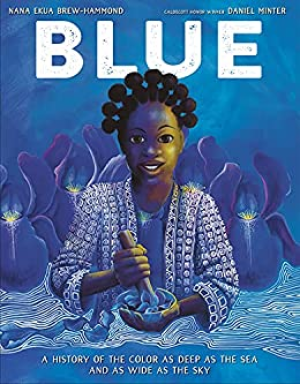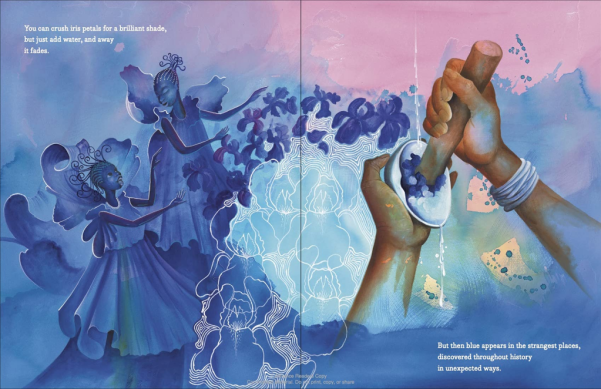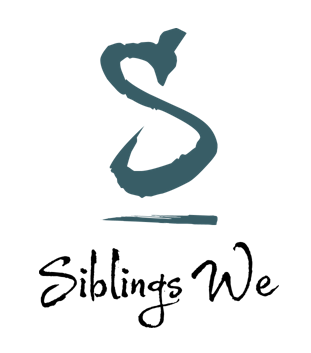Published by Knopf Books for Young Readers


Summary: Blue may be the color of the sky and the ocean, but for much of human history, it was a difficult color to produce. Ancient Egyptians crushed the blue stone lapis lazuli to make paint and eye makeup that only the very wealthy could afford. Later, people discovered shellfish that produced a blue dye, but each organism only produced a drop or two. Finally, the indigo plant, a native of Asia, Africa, the Caribbean, and the Americas, became more widely known and cultivated. The value of the plant’s blue dye led to abuses as people were tricked into growing it instead of food and enslaved to help mass produce it. In 1905, Adolf von Baeyer was awarded a Nobel prize for, among other things, creating a blue chemical dye. Now everyone can own something that’s blue, but the rarity of blue and the suffering created in its production remind us of expressions like “the blues”, “feeling blue”, and “out of the blue”. Includes two pages of additional information and a list of selected sources. 40 pages; grades 1-5.
Pros: Here’s a fascinating history of something I had no idea had a fascinating history: the color blue. Kids will have a greater appreciation for blue jeans and other commonplace items after reading about the struggles and high value associated with blue. The gorgeous illustrations feature many different colors but appropriately highlight blue.
Cons: Some of the claims about the expressions noted above were pretty speculative, and when I looked into them, they don’t appear to have the connections to the color the author writes about.
March 9, 2022 at 04:02PM Janet Dawson


